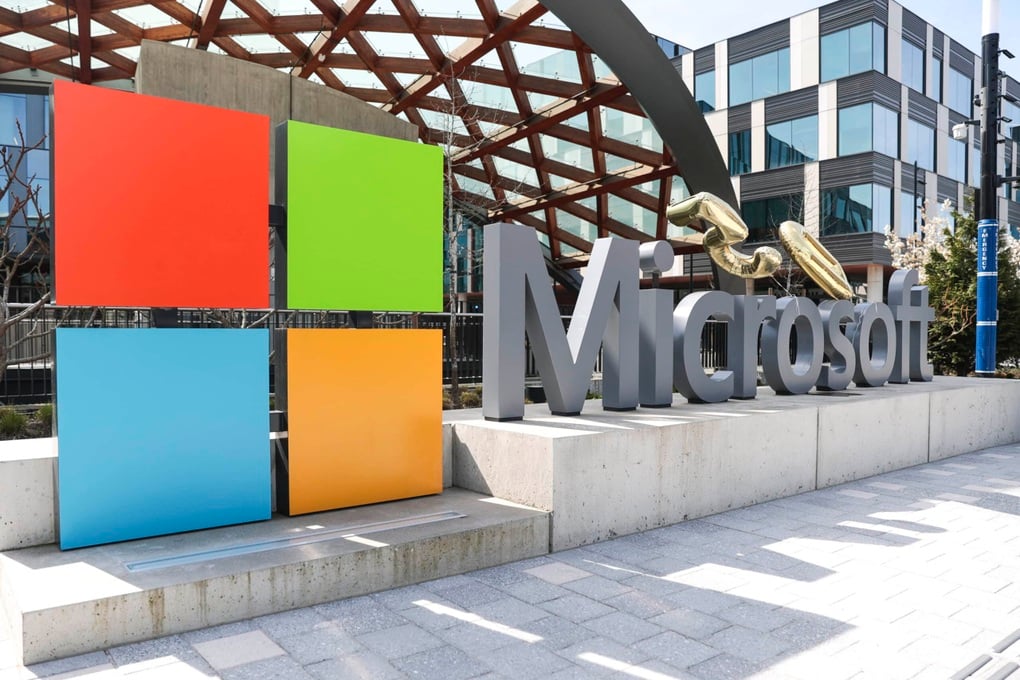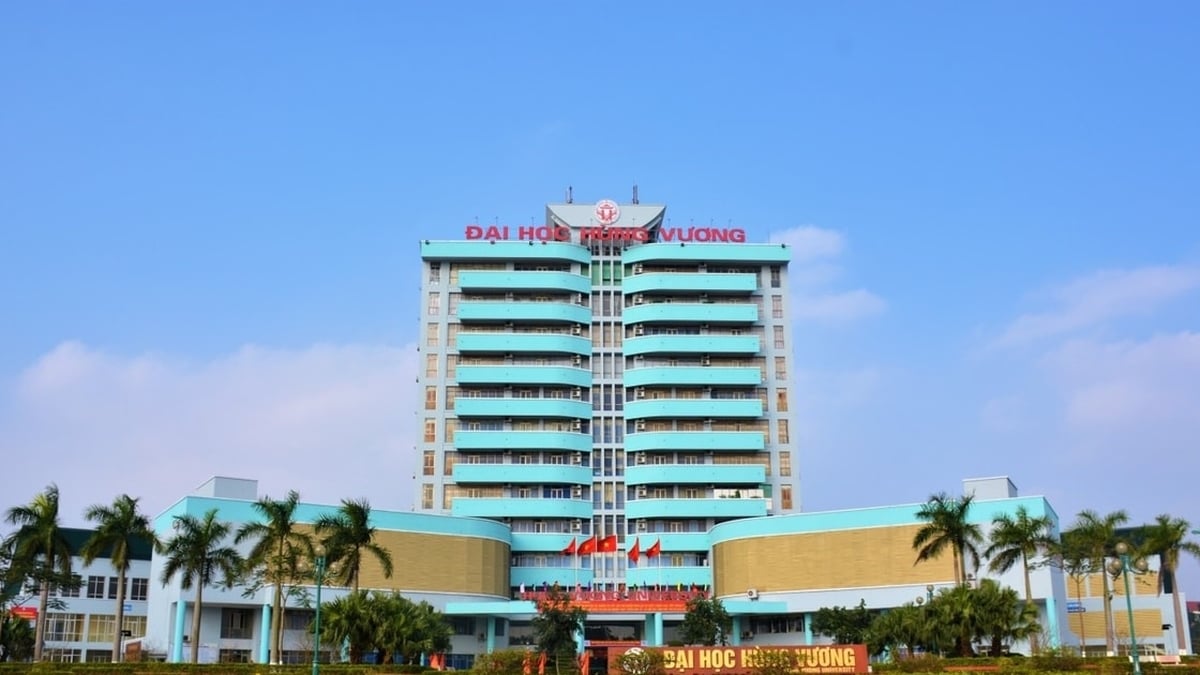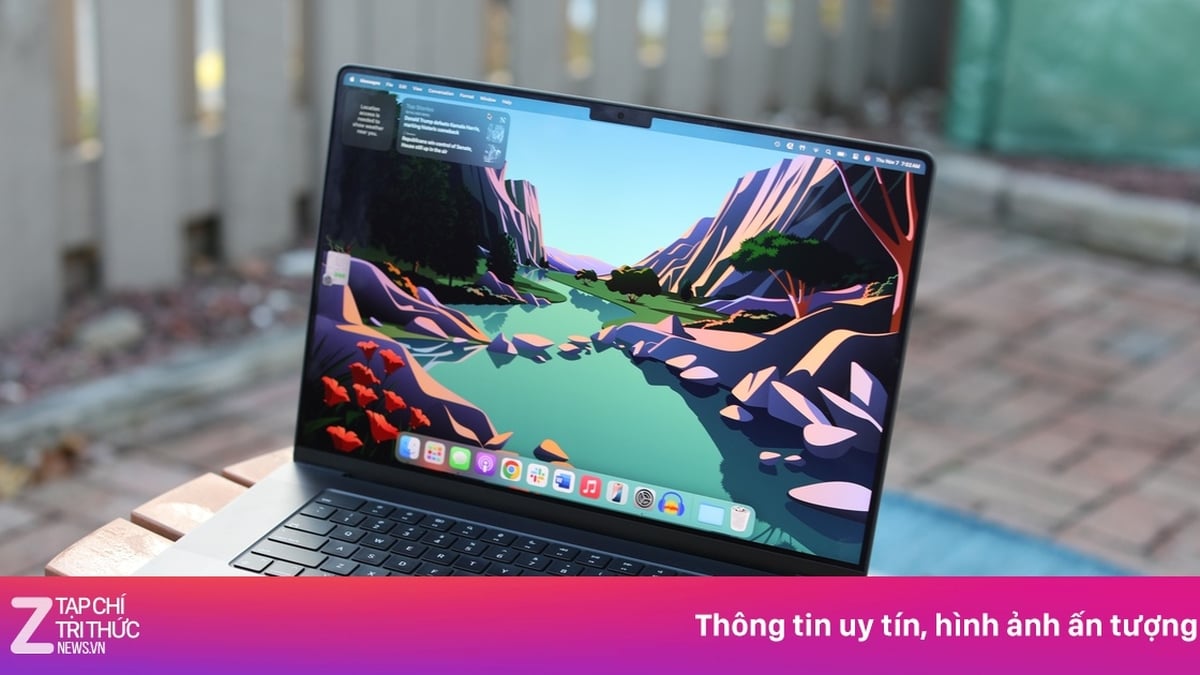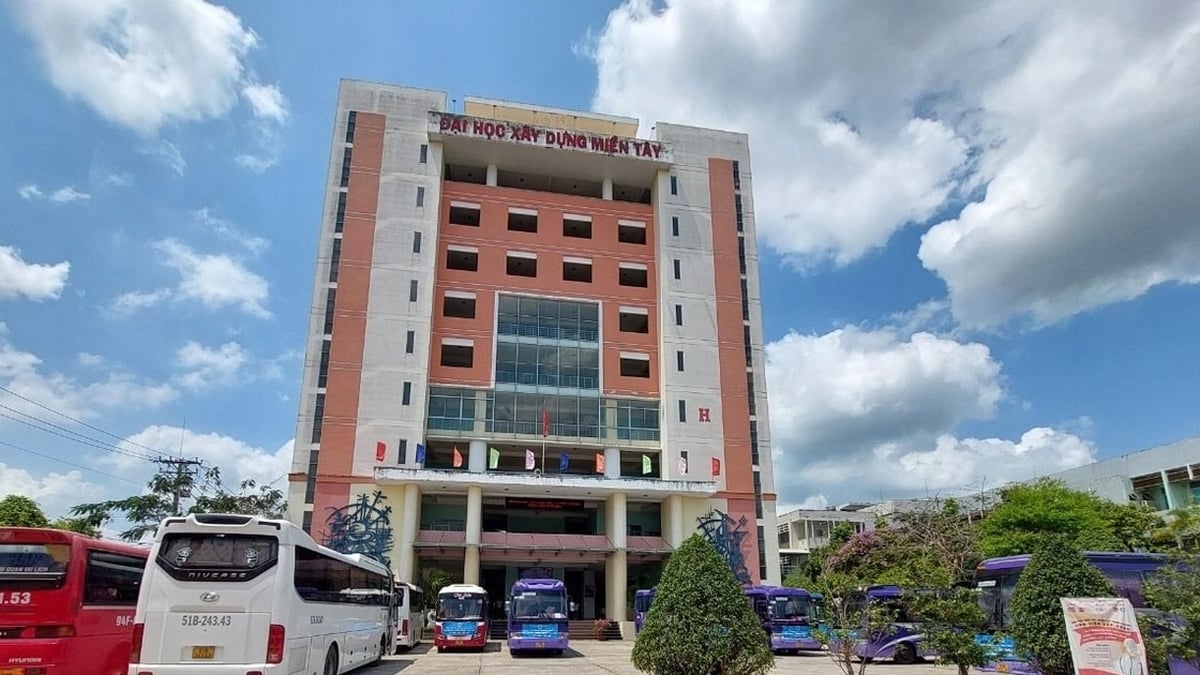May 13th became a "forgettable" day for thousands of Microsoft employees around the world .
The layoff notices began to roll in, marking a difficult but necessary decision for management. Washington State, where Microsoft is headquartered, was hit hardest, with nearly 2,000 employees leaving. These employees were mostly in key departments such as software engineers and product managers - people who had been the backbone of the corporation's growth.
This “reshuffling” has spared no level, industry, or geographic region, but the spearhead seems to be “pruning” the middle management layers. Even seemingly solid businesses like Xbox and professional social network LinkedIn are not immune to the impact.
This is the first large-scale cut since early 2023, when Microsoft said goodbye to 10,000 employees (accounting for nearly 5% of the total workforce). Previously, in January of this year, a smaller round of layoffs based on performance reviews also took place, as a sign of larger changes.
Growth Paradox: Reporting Huge Profits Still "Beheading Generals"?
What caught the attention of observers was that the decision to lay off the employees came just weeks after Microsoft announced its first quarter 2025 business results that far exceeded all expectations.
With revenue of $70.1 billion, up 13% year-over-year, Microsoft seemed to be bringing a rare breath of optimism to a technology industry that was struggling with many fluctuations and economic pressures. So why would a thriving company decide to downsize its team?
Economists say layoffs do not necessarily mean financial hardship.
Daniel Zhao, an expert from Glassdoor, commented that large technology companies are in the process of restructuring and adjusting their strategies after a period of massive hiring in the post-pandemic period. In fact, as of June 2024, Microsoft still maintains a strong team of about 228,000 full-time employees, of which 55% work in the US.
Microsoft's goal is to build "high-performing teams" and increase organizational adaptability by reducing layers of management, according to CFO Amy Hood.
She also said that the current number of employees has decreased slightly compared to the end of 2024. In an official statement, a Microsoft spokesperson emphasized: "We continue to make the necessary organizational changes to best position the company to achieve success in a dynamic market. To improve efficiency, we will minimize redundancy by streamlining our processes, procedures and roles."
Microsoft has just shocked Silicon Valley and the entire technology industry when it suddenly announced it would cut nearly 3% of its global workforce, equivalent to 6,000 employees (Photo: AP).
"A Day Full of Tears" and the AI Gamble Called the Future
Behind strategic statements are very human emotions.
Scott Hanselman, Vice President of Microsoft, could not hide his emotion when sharing on LinkedIn: "For the first time, I had to fire someone for business goals that were not my own. These are people with dreams, with rent. I love them and wish them well." He bitterly admitted: "This is a tearful day."
Microsoft did not give a specific, single reason for the cuts, describing them as "part of an organizational change to better position the company in a volatile market." However, it's not hard to see the shadow of the AI revolution looming over every decision the company makes.
In the fiscal year ending in June, Microsoft plans to spend a whopping $80 billion on building infrastructure to support AI development. CEO Satya Nadella once revealed the surprising fact that 20-30% of the source code in some internal projects is now written by AI. This strong investment shows that AI is not just a trend, but a future that Microsoft is determined to conquer.
Still, expert Daniel Zhao argues that AI is not the direct and sole cause of layoffs. “When companies talk about cutting management, it doesn’t mean that ChatGPT will replace management,” he says. Instead, streamlining management often reflects a long-term growth strategy focused on flexibility and efficiency.
“During periods of rapid growth, companies need more managers to coordinate teams. But as growth slows, or as companies shift to new priorities like AI, people start to question the need for some of those positions, and look to restructure so resources are focused on key areas.”
In other words, Microsoft may be reallocating resources, cutting back in areas that are less prioritized or have a bloated structure to focus on the AI "front", which requires new skills, leaner and more flexible team structures.
Belt tightening and long-term vision
Microsoft’s decision also reflects a broader trend in the tech industry: a period of belt-tightening after years of pandemic-fueled growth. While not directly affected by the Trump administration’s tariffs like many other tech companies whose supply chains rely on China, Microsoft must still consider potential long-term economic uncertainty.
Indeed economist Cory Stahle offers an interesting perspective: "If consumers have to spend more on food due to tariffs or inflation, they will have less money to spend on electronics or gaming consoles. This could be a precautionary move, preparing for a less predictable economic future."
About 1,500 of the affected employees work in-person at the office, while the rest work remotely, according to a notice sent to the Washington state labor department. Their last day of work is scheduled for July, opening a challenging period of searching for new opportunities.
Microsoft's latest round of layoffs is a complex demonstration of how even winning giants must constantly reinvent themselves, making painful decisions to adapt to a constantly changing technological world.
This is not simply a matter of cost cutting, but a major overhaul to optimize the machine, focus on the decisive AI race and prepare for a global economic landscape that still has many unknowns. Tears may have been shed in Redmond, but Microsoft’s vision seems to be looking far into a future where AI will reshape everything. The game has only just begun.
Source: https://dantri.com.vn/kinh-doanh/microsoft-sa-thai-6000-nhan-vien-cho-canh-bac-ai-ty-do-20250514104353451.htm

























![[Photo] National Assembly Chairman Tran Thanh Man visits Vietnamese Heroic Mother Ta Thi Tran](https://vphoto.vietnam.vn/thumb/1200x675/vietnam/resource/IMAGE/2025/7/20/765c0bd057dd44ad83ab89fe0255b783)









































































Comment (0)